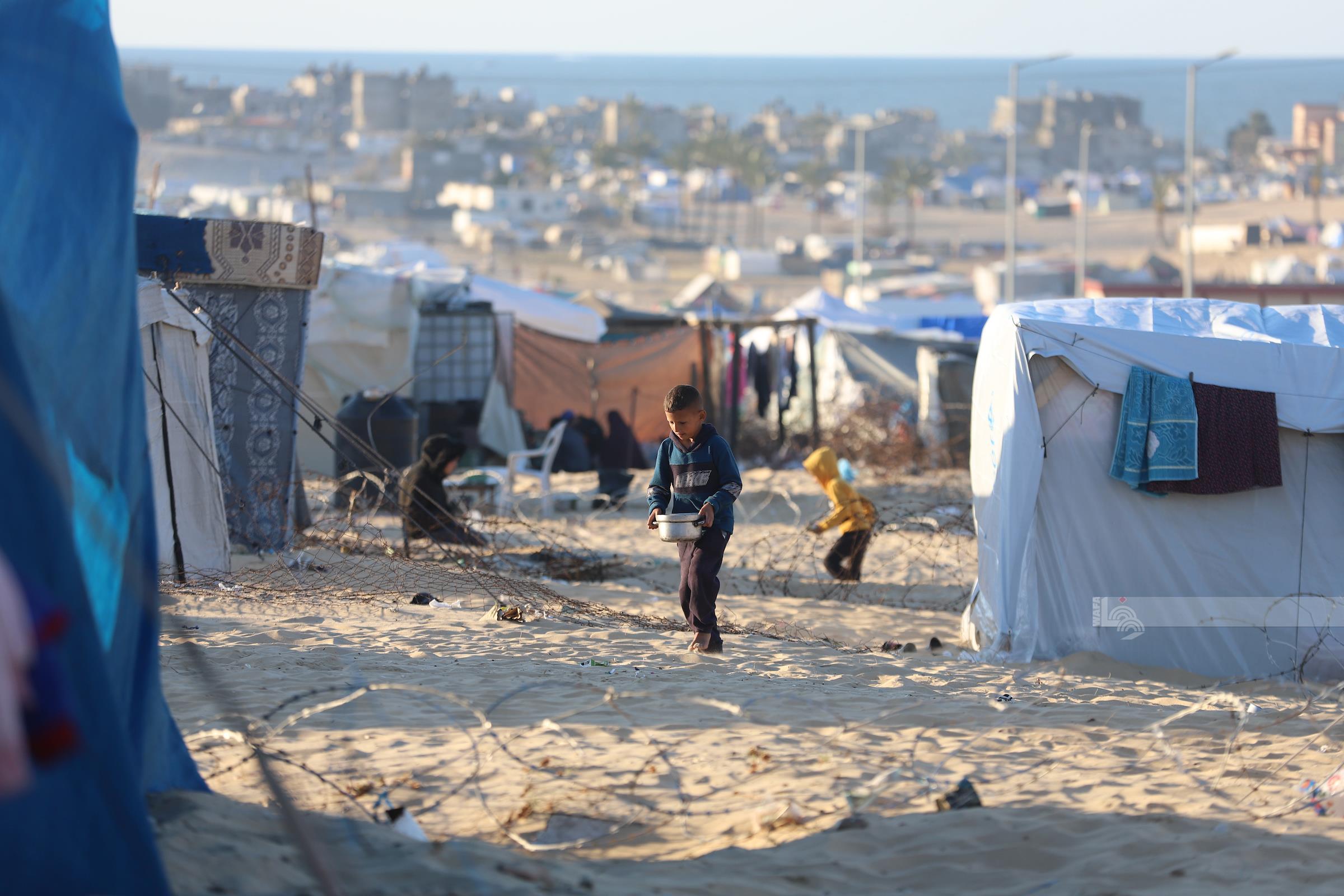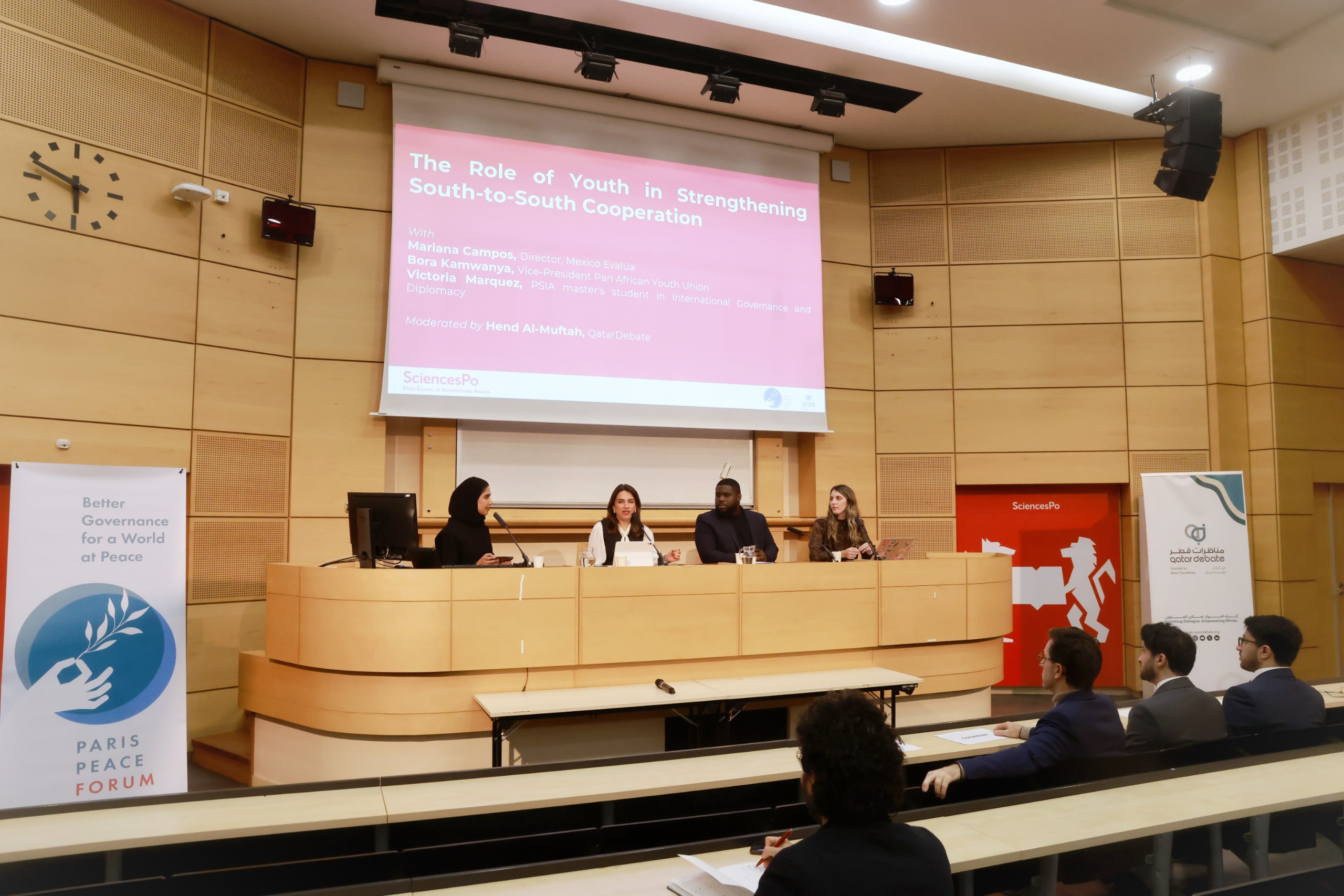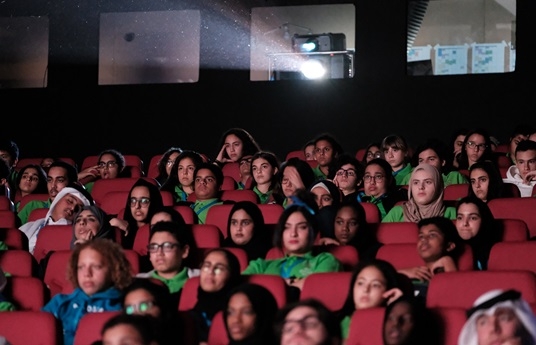Hamas has long reiterated its demands from the proposal it submitted on March 14 for a complete ceasefire and the unconditional return of internally displaced people in Gaza – a point of contention in the talks.
Hamas said on Tuesday that Israel’s Rafah incision threat raised questions about the purpose of resuming negotiations, according to comments by Hamas spokesperson Sami Abu Zahry to Al Jazeera.
The Palestinian group said in an earlier press statement that it was studying the proposal reached in Cairo despite concerns that Israel’s position in negotiations “remains stubborn”.
The group said Israel’s proposal for a truce and captives release deal did not meet any Palestinian demands.
“There is no change in the position of the occupation [Israel] and therefore, there is nothing new in the Cairo talks,” a Hamas official told Reuters.
Meanwhile, Israeli Prime Minister Benjamin Netanyahu rejected all demands to end the war while using the release of the captives from Hamas as a bargaining chip throughout the negotiations.
On Monday, he set a date for the ground invasion of Rafah, following warnings by his far-right coalition partners that they could leave the government if the offensive there did not go ahead.
Cairo talks proposal
The details of a purported truce proposal were disclosed during the latest round of talks in Cairo, which are being attended by officials from Hamas and Israel, as well as mediating countries Qatar, the US and Egypt.
“The first phase includes the return of unarmed displaced civilians to the northern Gaza Strip, without determining their numbers,” sources told Al Jazeera TV.
It includes the facilitation of 500 aid trucks entering Gaza daily.
Earlier on Monday, Israel announced the entry of more than 300 aid trucks into Gaza, the highest daily number since its genocidal war in Gaza began six months ago.
However, the delivery made on Monday still significantly misses the mark according to the United Nations, which said that it fell below the minimum threshold necessary to provide sustenance to millions of individuals, the majority of whom are displaced, pushed to the edge of starvation.
Meanwhile, the proposal outlines Israel’s commitment to releasing 900 Palestinian prisoners, among them 100 serving life sentences, mostly women and children.
In exchange, Hamas would be expected to release 40 Israeli captives.
According to Al Jazeera, the second phase of the proposal states the release of all Israeli captives.
However, it lacks specifics on the number of Palestinian prisoners slated for release or the prospect of Israeli withdrawal from Gaza. This “proposal did not include anything on the number of Palestinian prisoners for release or the Israeli withdrawal from Gaza”, the sources added.
The third and final phase of the proposed truce includes the return of Israeli captives’ bodies.
Meanwhile, Hamas has long reiterated its demands from the proposal it submitted on March 14 for a complete ceasefire and the unconditional return of internally displaced people in Gaza – a point of contention in the talks.
On October 12, Israel ordered the evacuation of 1.1 million people from the north to the south, which it said was a safer zone.
Six months on, Israel has advanced deeper into the south with a planned invasion of Rafah, where more than one million displaced people have been sheltering.
Those attempting to return are either shot at or arrested by occupation forces.
Israel is only open to allowing 2,000 displaced people to return per day, mainly women and children, within the six-week truce, Arab mediators involved in the talks told The Wall Street Journal on Saturday.
The return would mostly exclude men aged between 18 and 50, the sources said.
The return of the internally displaced people in Gaza is the main dispute in the ongoing ceasefire talks, Qatar confirmed last week.
Israel’s genocidal war in Gaza entered its seventh month, with more than 33,200 people, including at least 13,800 children, killed.
The war has displaced at least 1.7 million people, more than 80 percent of the population, while destroying 60 percent of Gaza’s once vibrant residential buildings.







